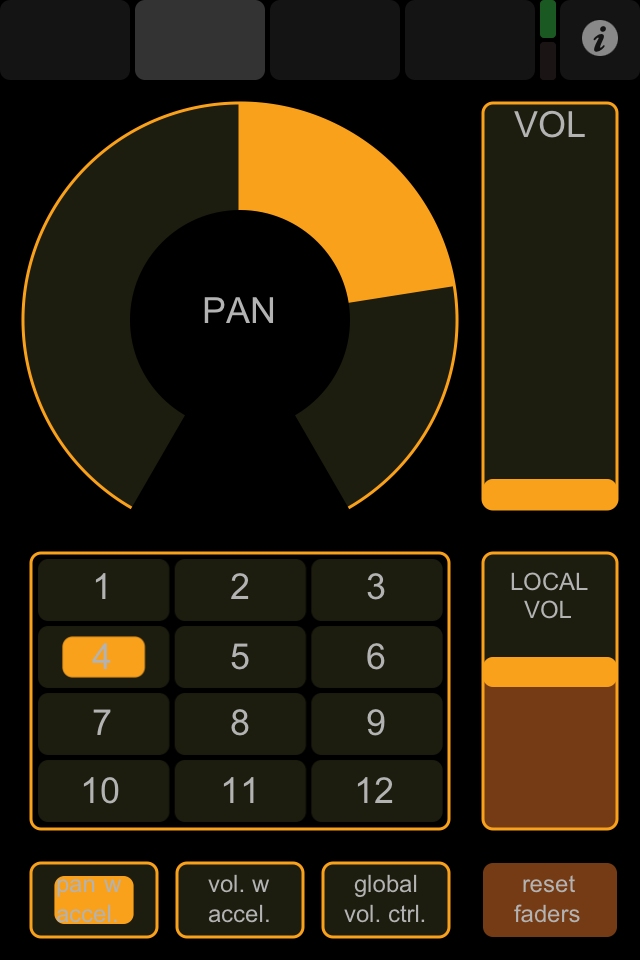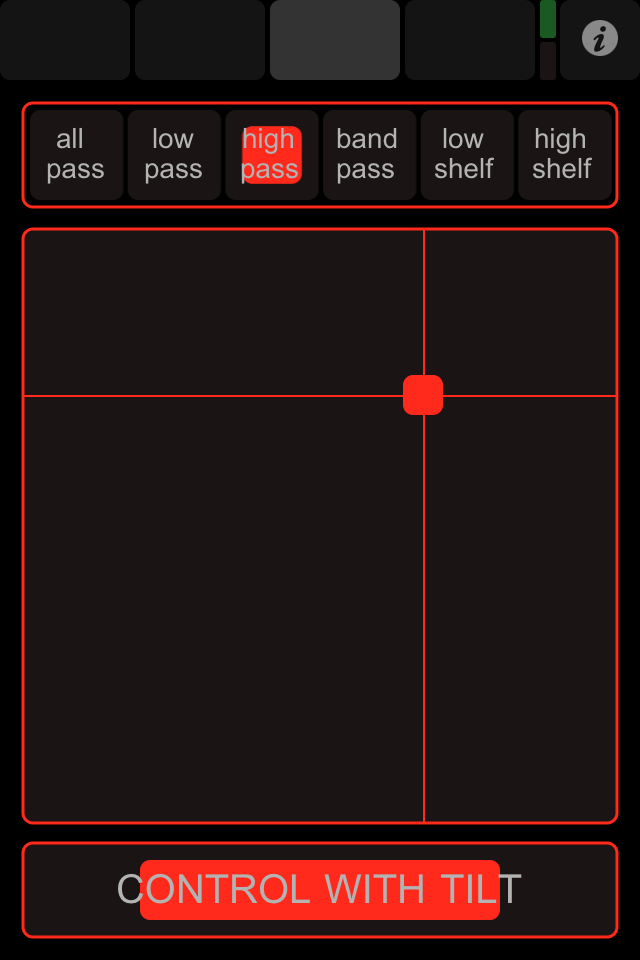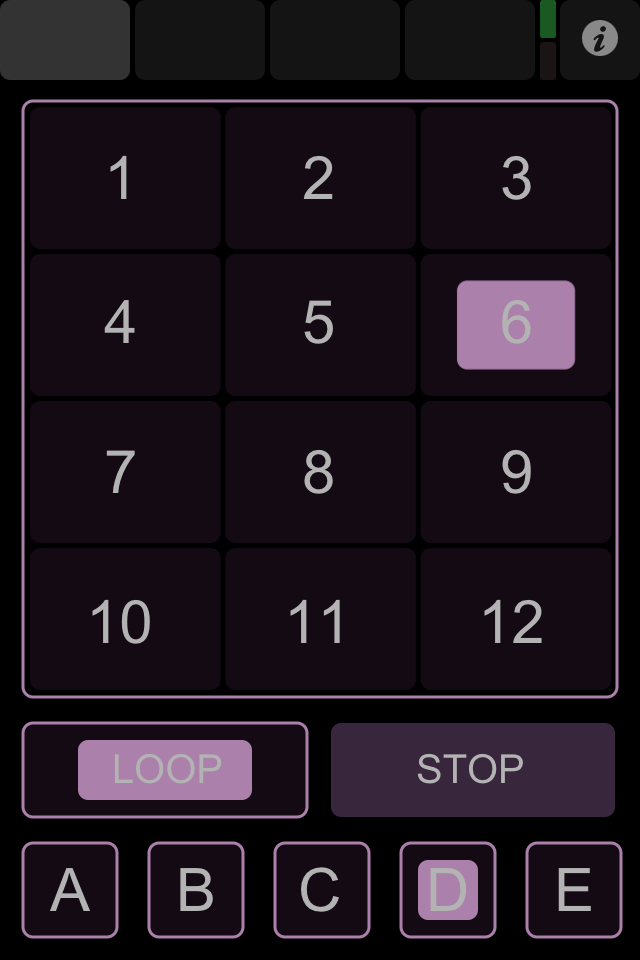The intent of this project is to create a scenario where non-musicians and musicians may use mobile phones to compose music as a collaborative group in real-time. My specific focus is the use of OSC mobile apps and Max/MSP/Jitter to facilitate the use of mobile phones as controllers for shaping musical content. Mobile phones are compelling devices for composition for two main reasons: 1) they are small, increasingly powerful computers and 2) they are in the pockets of millions.
The first generation of portable mp3 players (including the iPod) was designed largely for isolated and passive listening. People still find ways for sharing music by sharing earbud headphones or by using docking stations, but as consumer devices they are largely geared toward simple playback. Mobile phones are now flexible and powerful enough to be used for active music making, but this practice has yet to be fully embraced. I aim to develop a second-generation use for mobile devices, geared specifically toward social rather than solitary interaction with music, and meant to promote creation instead of passive consumption.
The overall architecture of the software/hardware environment makes use of Max/MSP as the main software environment plus iPhone/Android serving as controllers, sending user input via OpenSoundControl. The main sound source is a series of pre-recorded audio files that is then available for real-time playback, looping, and rapid file selection. Up to four simultaneous layers of sound are possible, establishing a networked ensemble. Additional control parameters include volume, panning, and various EQ filters. These tasks may be parsed out to multiple individuals, forming teams responsible for shaping sounds in each layer.
The next stage of design will focus on an extension of control parameters to be ready-at-hand for an embodied performance, with special attention drawn to physical gesture modeling.
As the development of the software matures and the practices of the users can be assessed, the format will hopefully adapt to accommodate greater numbers of participants, with increasingly diverse assignments or roles. These roles may involve controlling multimedia, including but not limited to video manipulation, lighting, and multi-channel output.


